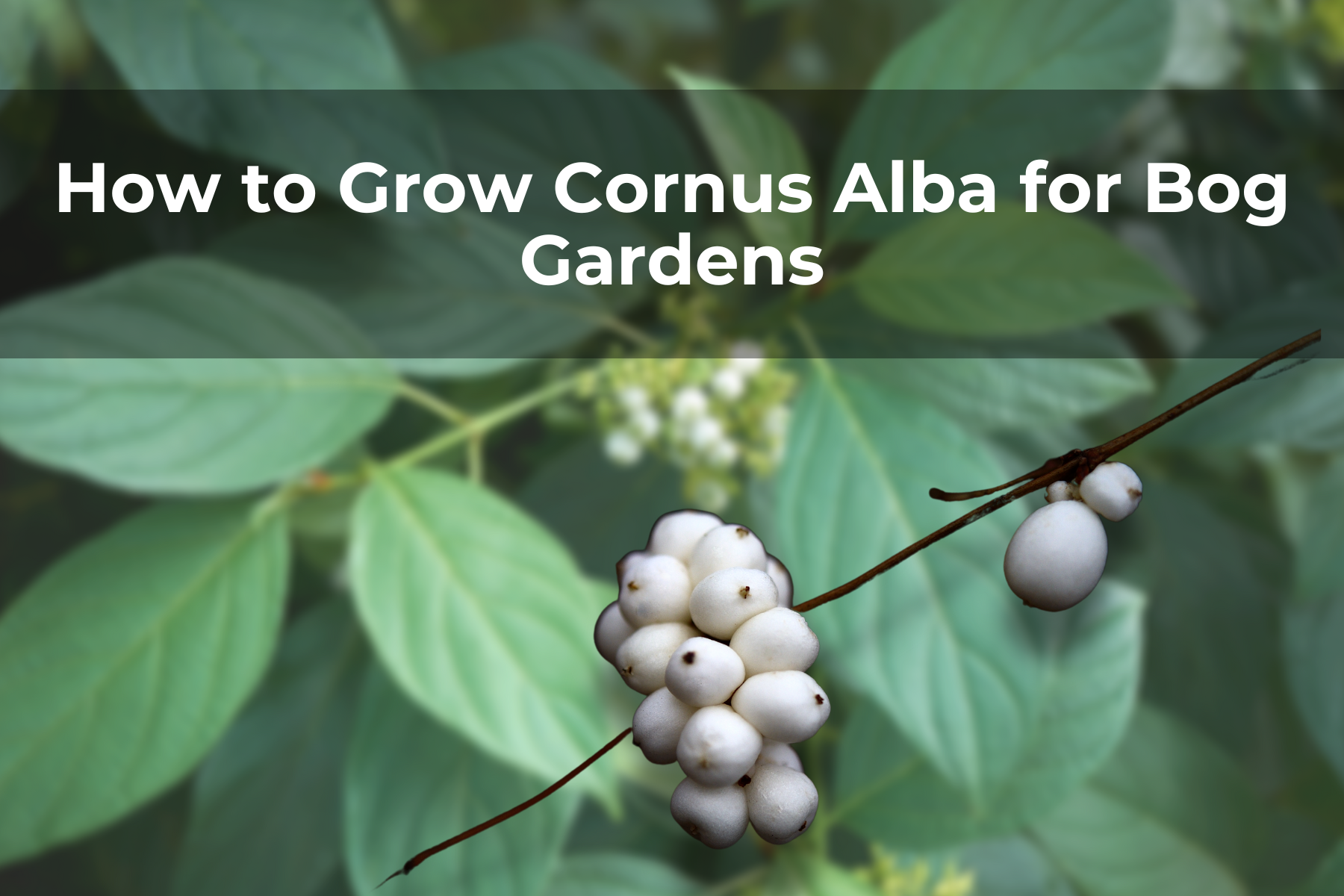Last Updated on October 8, 2022 by Real Men Sow
There are many varieties of Cornus Alba (commonly called Dogwood), but you can categorize them as either those grown for winter interests. Their coloured bark adds winter interest to any garden and is almost only what they are grown for.
What Makes The Best Winter-interest Cornus Alba Plant
-
- Winter is when they lose their leaves, which expose the stems in bright colors from red to green.
- All soils are suitable, except for dry ones. Although it is preferable to grow in slightly deeper loam soils, this is not necessary. They can survive in very damp conditions and are equally happy with neutral or acid soils.
- Winter Cornus likes full sun, but can also thrive in partial shade. Avoid full shade because the sun allows for the full development of the deep colors in the stems.
- They will not require watering once established and can tolerate moderate drought.
- They can reach 6m/19ft if left unpruned. However, most gardeners prune them every year to get the best color. To maximize their impact on color, the recommended spacing is 60cm/2ft.
- These can be planted as loose hedges, 60cm apart, but they will not provide enough protection to act as a barrier.
- Excellent resistance to pests and diseases
- It is a very easy-care shrub that requires only a few prunings every year to maintain its shape.
Planting Cornus Alba for Bog Gardens
These steps will ensure that your winter interest Cornus plants are in the right place and placed correctly.
- Choose a position that is full sun to part shade. It needs air circulation to thrive so it should not be planted in the corners of fences or walls.
- Add lots of compost to heavy soils and make sure it drains well.
- Best planted between March and April and September through October.
- Dig a hole twice as wide as the root ball. Mix in some blood, bone, and fish.
- Fill the hole with soil to the same depth as the pot.
- Firmly but gently fill the hole around the rootball. To settle the soil around the rootball, water well.
Individual plants of winter interest Cornus should be at least 60cm apart.
Pruning
Regular pruning is the key to a beautiful winter display. One- to-two year old stems will be the most vibrant. The color will start to fade if it is more than one or two years old. Cornus that is grown in fertile soil will be more productive than one that is grown in poor soil.
Prune winter interest Cornus in March, every year. This means that about half the stems should be removed to the ground, and the remaining ones should be chosen. Reduce the remaining stems to about half their length. This will encourage new growth, but also preserve some of the shrub’s structure.
Cornus plants are best left alone for at least two to three years after they have established themselves. Although they can take a while to establish, they will eventually become strong after two to three more years.
Container-Growing Cornus Alba
Dogwoods do not like to be grown in containers. These shrubs thrive in moist soil, which is difficult to obtain in a container. These plants can also be quite large, so a large container is necessary.
Pests and Diseases of Cornus Alba
Cornus Anthracnose is not an issue for Winter Interest Cornus. They are not affected by any other issues, although they have the most severe honey fungus.
Honey Fungus
This fungal disease spreads underground, from one plant to another. It causes the root system to become ineffective at absorbing nutrients and moisture. A generally unhealthy plant will have white fungus near the ground on its stems. The white material will be easier to see if you get under the soil.
Other shrubs are more likely to be affected. This disease is very difficult to eradicate. The only way to eliminate this disease is to cut down and burn the affected trees and to plant the ones that are resistant to honey fungus.


